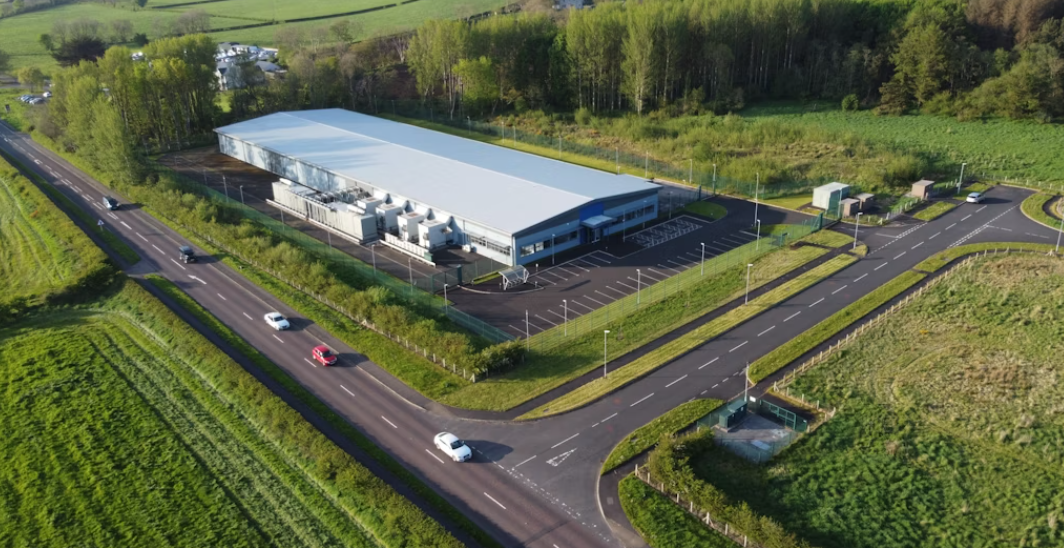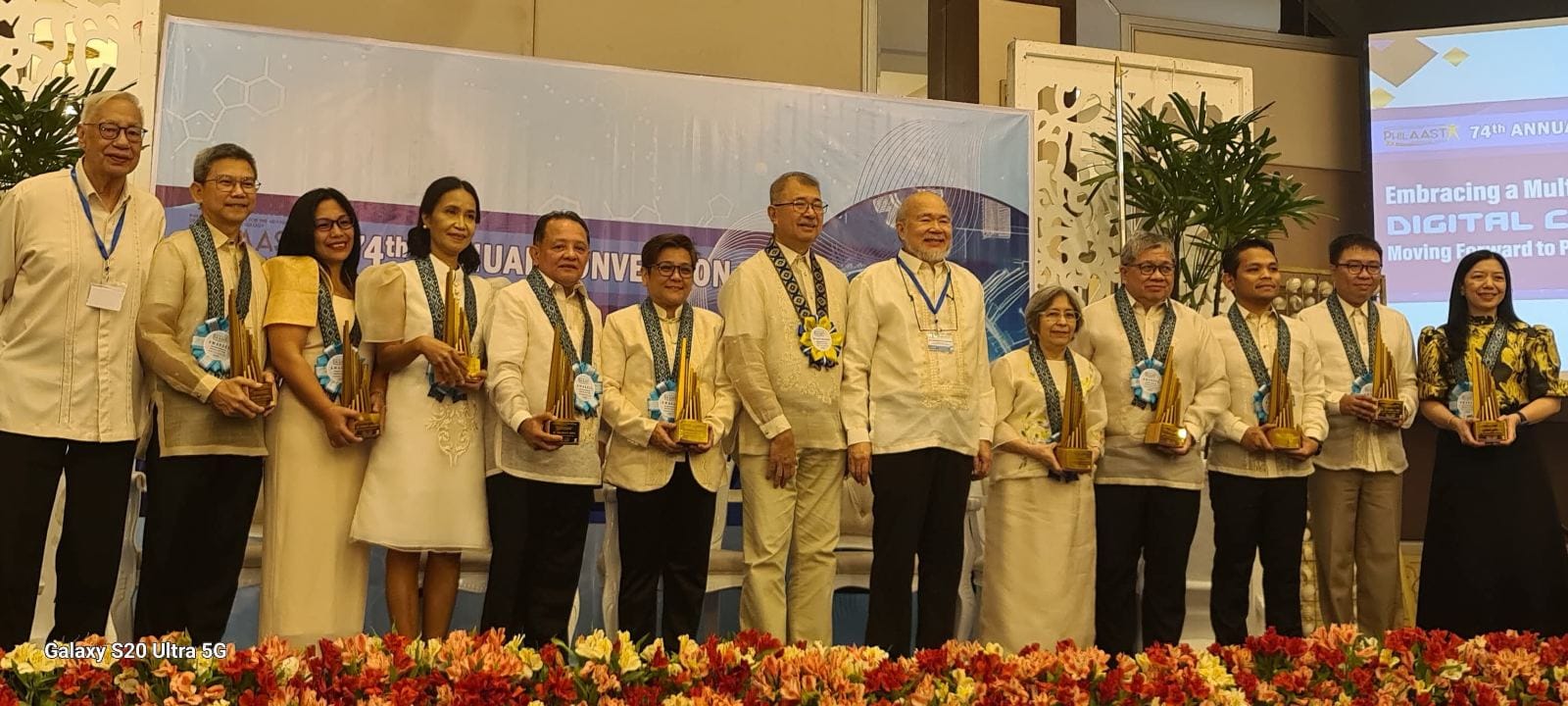(Photo by National Irrigation Administration)
MANILA, PHILIPPINES [TAC] – More than 1.3 million liters per second of irrigation water—originally intended for farmland—now go largely unused as many agricultural areas have been converted into residential and commercial communities.
Yet, water rights remain with the National Irrigation Administration (NIA), leaving a valuable public resource underutilized amid rising demand for safe, reliable water.
To address the disconnect between land use and water allocation, the think-tank Philippine Institute for Development Studies (PIDS) urged the government to repurpose NIA’s idle irrigation water rights for broader public use including household supply and other municipal needs. This recommendation was highlighted in study presented last month at a policy forum.
“This gives way for a significant opportunity to expand access for various stakeholders to invest in water development,” said Amerah Azis, PIDS research analyst and co-author of the study.
According to the study, a combination of land conversion, fragmented water governance, deteriorating infrastructure, and poor information flow has left large portions of NIA’s water allocations idle.
Under the 1976 Water Code, irrigation permits may be revoked when land is converted to non-agricultural use.
However, there are no formal mechanisms to reallocate these unused rights for alternative uses. Instead of cancelling rights, agencies have opted for agreements that allow NIA to retain these permits while enabling multipurpose use, including household and commercial applications.
Beyond governance gaps, physical and economic barriers also limit the feasibility of repurposing water resources.
Many of NIA’s dams and irrigation systems are in poor condition — heavily silted, clogged with waste or water lilies, and in some cases receiving little to no water due to upstream land development.
Water quality is compromised in several sites due to wastewater discharge, while built-up areas have diverted or blocked natural water inflows, further degrading dam performance.
Citing a World Bank survey, Azis noted that 68% of local government-run water utilities operate at a loss, primarily due to low tariff settings and high operational costs.
For private firms, the uncertainty around water volumes, poor infrastructure, and lack of financial viability make it difficult to justify investment, particularly in bulk water projects that require economies of scale.
To meet the growing demand, the 2021 Philippine Water Supply and Sanitation Master Plan estimates that 50% of the necessary water infrastructure must come from the private sector.
The 2023 Public-Private Partnership (PPP) Code offers an updated framework for such collaboration, particularly in projects that involve rehabilitating and upgrading existing assets.
Cavite emerged as a test case, having signed an agreement with NIA to repurpose irrigation water for broader use.
However, “decades of idleness and disuse have left many facilities needing rehabilitation, estimated to cost up to Php70 billion,” said Dr. Roehl Briones, PIDS senior research fellow and lead author of the study.
NIA’s evolving role
According to NIA Corporate Lawyer Mary Annabelle Cruz-Domingo, the agency now manages three major multipurpose dams—Magat, Upper Pampanga River, and Jalaur River—which support irrigation, hydropower and other functions.
NIA is also conducting feasibility studies for mini-hydropower, aquaculture, eco-tourism, and bulk water supply projects on existing sites.
The PIDS study emphasized that successful repurposing depends not only on infrastructure or private capital, but on institutional reform.
The proposed Department of Water Resources, now under legislative consideration, aims to consolidate overlapping functions, streamline planning and regulation, and centralize data management to reduce inter-agency conflicts, accelerate investment, and provide clear policy direction for the sector.
“Flooding and irrigation problems cannot be solved on a piecemeal level and should have been given a comprehensive plan side by side,” Cruz-Domingo reiterated.
With evidence-based planning and reform-driven implementation, the repurposing of water rights can serve as a cornerstone for building a more resilient, inclusive and sustainable water future.











